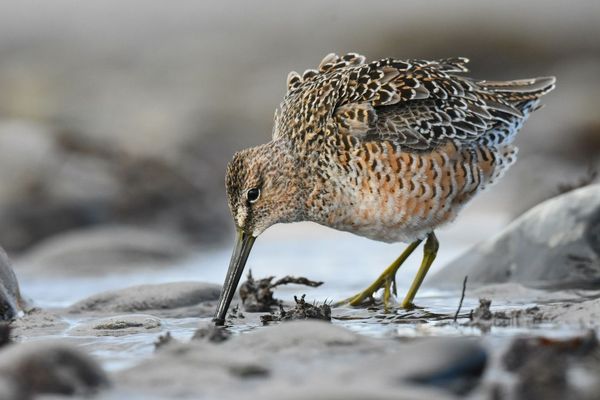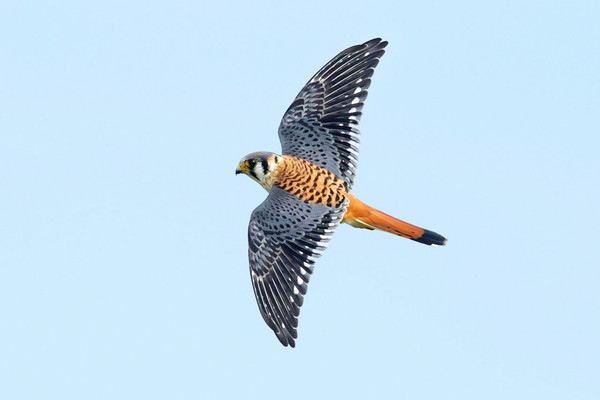Warblers of Cape May: Yellow, Cape May and Black-throated Blue
Birding in Cape May, USA

Operations Manager
14th December 2021
Cape May acts as a bird funnel for migrating species following the east coast of North America, along the Eastern Flyway. Considered to be one of the world’s hotspots for birdwatching, both spring and autumn migration bring over 300 additional species to the peninsula, often in large numbers, to add to the resident populations. It’s located in New Jersey, south of Philadelphia and New York, to the east of Washington D.C. and on the north shore of where Delaware Bay meets the Atlantic Ocean.
It is possible to find a very diverse range of birds here, from the tiny Ruby-throated Hummingbird to the large and powerful Bald Eagle. Our spring tour is timed to coincide with the peak of northerly migration and the Horseshoe Crab spawning, which attracts in shorebirds to refuel on their journey. Semipalmated Sandpiper, Red Knot, Short-billed Dowitcher, Dunlin, plus Stilt and White-rumped Sandpiper can all be seen. Wetland areas will also allow us to find gulls, herons and terns, including the delicate Least Tern. Smaller passerines often migrate overnight and mornings can see the trees and bushes alive with tanagers, buntings, orioles, vireos and some of the brightly coloured American wood warbler species.
The autumn also has large numbers of waders, warblers and tanagers passing through, however there are more noticeable movements of raptors including Sharp-shinned, Cooper’s and Broad-winged Hawks, American Kestrel, Peregrine, Osprey, Merlin and Northern Harrier. Flycatchers, jays, Flickers, sparrows and cuckoos can all be found, along with swallows. Sometimes Tree Swallows form gigantic flocks of hundreds of thousands of individuals, which we may be fortunate enough to witness passing through. As well as birds, the autumn also sees migration of butterflies, including Monarch butterflies, and a variety of dragonfly species, such as Meadowhawks, Gliders, Pennants and Darners.
During both tours there will be the opportunity to visit the Cape May Bird Observatory where they monitor the migration movements. Each tour will be led by experienced tour leader, Brian Small, and will be taken at a fairly relaxed pace, with any excursions being optional.


For tour details please visit our website: Cape May in Spring and Cape May in Autumn.



 Loading search...
Loading search...